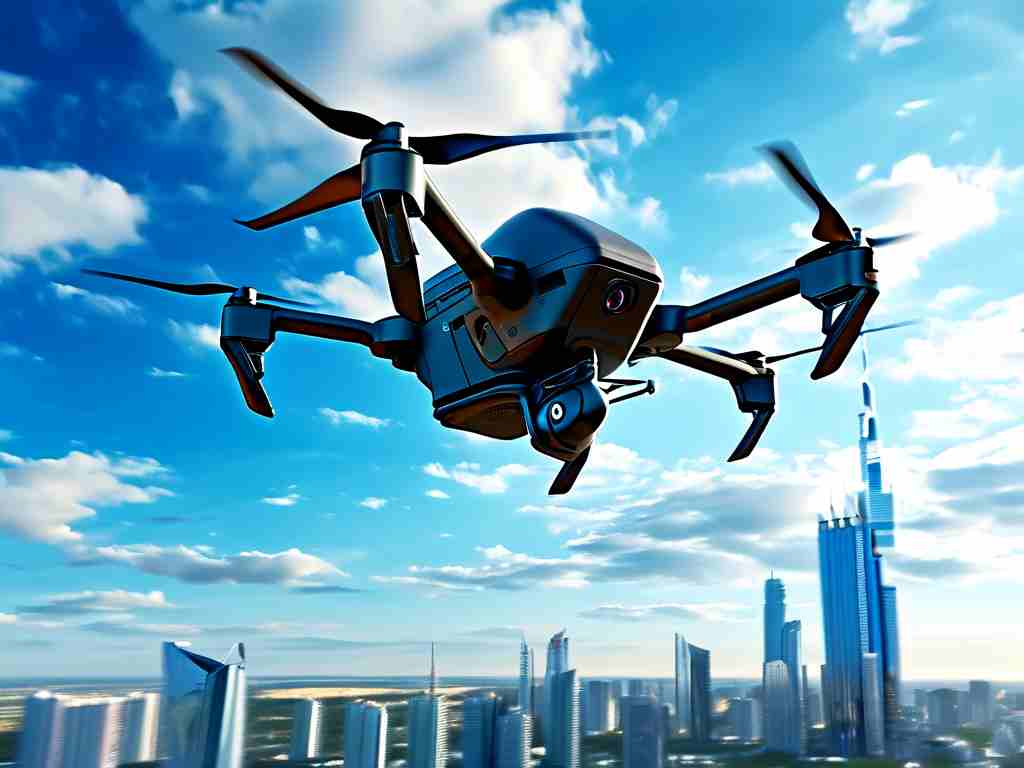The rapid evolution of intelligent flight robotics has redefined industries ranging from logistics to environmental monitoring. Combining advanced artificial intelligence, autonomous navigation, and cutting-edge hardware, these systems are unlocking unprecedented capabilities. Unlike traditional drones, modern intelligent flight robots integrate adaptive decision-making algorithms, enabling them to operate in dynamic environments with minimal human intervention.

One groundbreaking application lies in disaster response. For instance, during wildfires, intelligent aerial robots equipped with thermal sensors and real-time data analytics can map fire spread, locate survivors, and deliver emergency supplies. A recent case in California demonstrated how a fleet of autonomous drones reduced evacuation time by 40% while providing firefighters with live terrain updates. This synergy of machine learning and aerial mobility highlights the technology’s life-saving potential.
In agriculture, smart flight systems are transforming crop management. Farmers now deploy AI-powered drones to analyze soil health, monitor irrigation, and detect pest infestations. By processing multispectral imagery, these robots generate actionable insights—like pinpointing areas needing fertilizer—with 95% accuracy. Companies like AgriFly have reported a 30% increase in yield for clients using their hybrid rotor-wing models, showcasing the economic viability of this technology.
The logistics sector is another beneficiary. Major delivery networks are testing swarm-based drone systems to optimize last-mile operations. Amazon’s experimental “SkyHub” program uses collaborative flight robots that communicate via mesh networks to avoid collisions and reroute around weather disruptions. This approach not only slashes delivery times but also reduces carbon emissions by 22% compared to conventional trucks.
However, challenges persist. Battery life remains a bottleneck, with most high-performance models limited to 90 minutes of flight. Researchers at MIT’s AeroLab recently unveiled a hydrogen fuel cell prototype that extends operational duration to six hours—a potential game-changer for long-range missions. Regulatory hurdles also loom large, as airspace authorities grapple with safety protocols for autonomous fleets.
Ethical considerations are equally critical. Privacy advocates warn about surveillance risks posed by ubiquitous aerial robots. To address this, developers are embedding privacy-by-design features, such as onboard data anonymization and geofencing controls. The European Union’s “SkyGuard” initiative mandates that all commercial flight robots automatically blur human faces in public areas, setting a new standard for responsible innovation.
Looking ahead, the convergence of 5G connectivity and edge computing will amplify these systems’ capabilities. Real-time video analysis, once constrained by latency, now happens instantaneously at the device level. China’s Shenzhen Airport recently implemented a 5G-enabled drone swarm for runway inspections, cutting inspection times from three hours to 18 minutes while improving defect detection rates.
Investment trends reflect soaring confidence in this sector. Venture capital inflows to intelligent flight robotics startups surged by 78% in 2023, with defense and telemedicine emerging as key growth areas. Lockheed Martin’s “CargoCopter” project—a heavy-lift autonomous aircraft for battlefield supply chains—exemplifies the military’s shift toward agile aerial solutions.
As the technology matures, cross-industry collaboration will drive standardization. The Global Aerial Robotics Consortium (GARC) is developing universal communication protocols to ensure interoperability between systems from different manufacturers. Such efforts pave the way for smart cities where traffic-monitoring drones, pollution sensors, and emergency responders operate as a cohesive ecosystem.
Ultimately, intelligent flight robotics isn’t just about machines that fly—it’s about creating an interconnected aerial layer that enhances human productivity and safety. From reforesting remote areas with seed-dispersing drones to inspecting offshore wind turbines in stormy seas, the boundaries of possibility continue to expand. As engineers tackle remaining technical barriers, society must parallelly evolve policies and ethical frameworks to harness this revolution responsibly.


